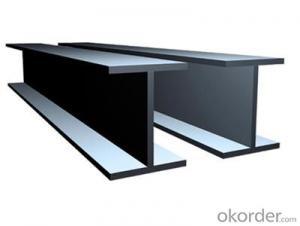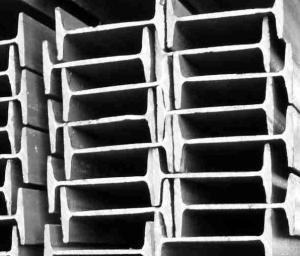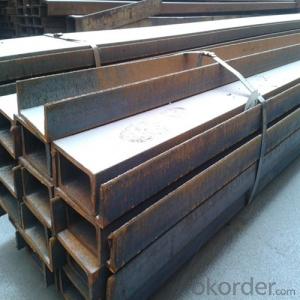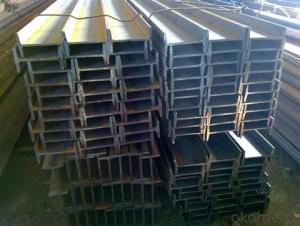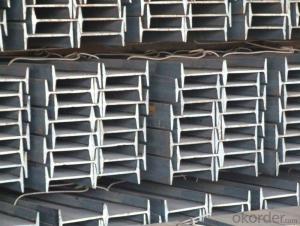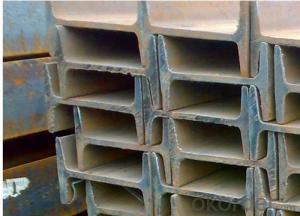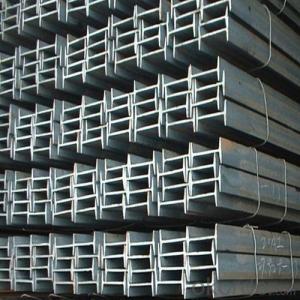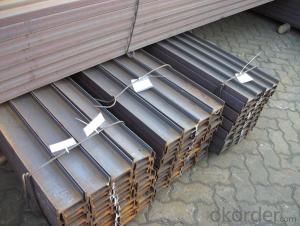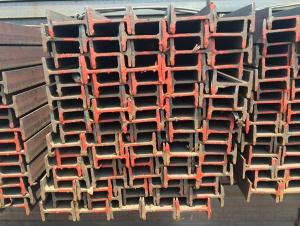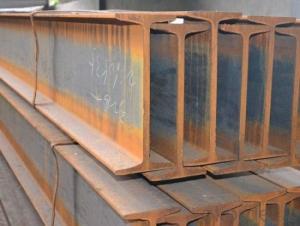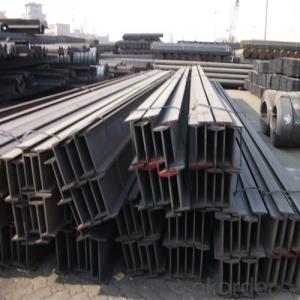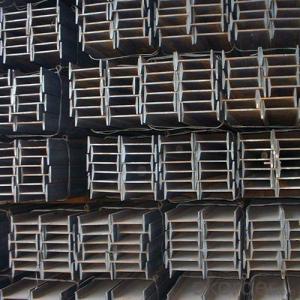Stainless Steel I Beam
Stainless Steel I Beam Related Searches
Best Paint For Stainless Steel Blanket Insulation For Steel Buildings Primer For Galvanized Steel Foam Filter For Stainless Steel H S Code For Stainless Steel Surface Grinding Wheels For Stainless Steel Surface Grinding Wheels For Hardened Steel Hole Saw For Stainless Steel Paint For Stainless Steel Stainless Steel For BbqHot Searches
Steel Mesh Panels For Sale Price For Stainless Steel Scrap Scrap Price For Stainless Steel Price For Stainless Steel Stainless Steel Tank For Sale Stainless Steel Sheets For Sale Cheap High Tea Sets For Sale Stainless Steel Tanks For Sale Stainless Steel For Sale High Density Fiberboard For Sale Solar Hot Water Collectors For Sale Scaffolding For Sale In Uae Scaffolding For Sale In Ireland Scaffolding For Sale In Houston Type Of Inverter For Solar Price Of Shipping Containers For Sale Types Of Inverter For Solar Stock Price For Aluminum Used Solar Inverter For Sale Steel Mesh Panels For SaleStainless Steel I Beam Supplier & Manufacturer from China
Okorder.com is a professional Stainless Steel I Beam supplier & manufacturer, offers integrated one-stop services including real-time quoting and online cargo tracking. We are funded by CNBM Group, a Fortune 500 enterprise and the largest Stainless Steel I Beam firm in China.Hot Products
FAQ
- Indeed, outdoor structures such as pergolas can indeed make use of Steel I-Beams. Renowned for their robustness, longevity, and ability to bear substantial loads, Steel I-Beams prove ideal for a multitude of purposes, including pergolas. Their exceptional support fortifies the structure, enabling it to endure the elements, be it the gusts of wind, rainfall, or even snowfall. Moreover, Steel I-Beams can be specifically engineered to resist corrosion, guaranteeing a prolonged existence in even the harshest outdoor conditions. Their adaptability grants the opportunity for customization, facilitating the creation of distinctive and contemporary designs for outdoor structures like pergolas.
- Yes, there are limitations to the length of steel I-beams. The length of steel I-beams is limited by various factors, including manufacturing capabilities, transportation logistics, and structural considerations. In terms of manufacturing capabilities, the size and length of steel I-beams that can be produced are limited by the capacity of the steel mills and fabrication facilities. These facilities have specific equipment and processes in place, which may restrict the maximum length that can be produced efficiently and cost-effectively. Transportation logistics also play a crucial role in limiting the length of steel I-beams. Due to their size and weight, longer beams may be challenging to transport from the manufacturing facility to the construction site. Factors such as road and bridge weight restrictions, transportation infrastructure limitations, and the availability of specialized equipment for handling and transporting long beams can further restrict their length. Structural considerations are another important limitation. The longer the steel I-beam, the greater the risk of deflection or bending under load. Beyond a certain length, the beam's structural integrity may be compromised, leading to potential safety concerns. Structural engineers and architects must carefully analyze the load-bearing requirements of a particular project and determine the maximum allowable length for steel I-beams based on factors such as load distribution, beam design, and support systems. In summary, while steel I-beams can be manufactured in various lengths, there are limitations imposed by manufacturing capabilities, transportation logistics, and structural considerations. It is essential to work with professionals in the industry to ensure that the length of steel I-beams used in construction projects adheres to these limitations while meeting the required design standards and safety regulations.
- Indeed, mezzanines can utilize steel I-beams. In the realm of construction, steel I-beams are widely employed due to their robustness and endurance. They furnish exceptional structural reinforcement and possess the capacity to endure substantial burdens. Given that mezzanines function as intermediate floors between primary floors, it is crucial to secure them with a reliable and solid support system to guarantee safety and stability. Steel I-beams are the perfect solution for this application as they furnish the requisite strength and rigidity to sustain the added weight of the mezzanine structure, which encompasses individuals, furnishings, and equipment. Furthermore, steel I-beams can be effortlessly tailored and crafted to meet specific design prerequisites, rendering them a sought-after choice for erecting mezzanines in industrial, commercial, and residential edifices.
- Yes, steel I-beams can be used for both residential and commercial construction. They are commonly used in both types of construction due to their strength, durability, and ability to support heavy loads.
- The torsional stiffness of a steel I-beam can be calculated using the formula T = (G * J) / L, where T is the torsional stiffness, G is the shear modulus of elasticity of steel, J is the torsional constant or polar moment of inertia of the I-beam, and L is the length of the beam.
- Can the house be made of steel?. It's made of I-beam
- I-beam is also called steel girder (English name Universal Beam). It is a strip of steel with an I-shaped section. I-beam is made of ordinary I-beam and light i-beam. It is a section steel with an I-shaped section.
- Some common design considerations for steel I-beams include the required load capacity, span length, deflection limits, and connection details. Other factors include material selection, cross-sectional shape, and the need for fire resistance or corrosion protection. Additionally, considerations such as cost, fabrication, and erection processes are also taken into account to ensure efficient and cost-effective design solutions.
- There are several potential hazards associated with steel I-beam installation. These include the risk of falls from heights, as workers may need to work at elevated levels during installation. Additionally, the weight and size of the I-beams pose a risk of injuries if they are not properly handled or secured. There is also a potential for structural collapse if the beams are not correctly aligned or if there are errors in their installation. Lastly, workers may be exposed to hazards such as noise, dust, and welding fumes during the installation process. Therefore, it is essential to have proper training, safety precautions, and supervision in place to mitigate these potential hazards.

















